He’s been established as one of rock’s most reliable songwriters and performers for so long it’s hard to imagine a time when Jakob Dylan was doubted and shunned by the industry. The same goes for The Wallflowers, the band that he leads in between occasional solo efforts.
Videos by American Songwriter
But that was indeed the case, at least until the release of Bringing Down the Horse in 1996. The band’s biggest success came at a time when they were unknown to much of the music world and unwanted by the rest of it.
Horse Play
For a minute there, it looked as though Jakob Dylan’s career might be confined to the trivia bin, another scion of a famous musician who couldn’t overcome the long shadow cast on them. His band, The Wallflowers, released a self-titled album in 1992 that left critics cold and did very little business.
That led to them being dropped by their label. It must have been tempting for Dylan to go it on his own, but he stuck with The Wallflowers, even as their entire rhythm section changed. While gigging out at clubs in Los Angeles, the band eventually caught the attention of Jimmy Iovine of Interscope Records, giving them a chance to record again.
Not that it was all smooth sailing from that point. The Wallflowers struggled to find a producer to help them put their sophomore album together. In a bit of serendipity, it was none other than T Bone Burnett who came to the rescue upon hearing Dylan’s songs. The two men settled on a combination of old-school instrumentation—including mandolin and slide guitar—and big, gleaming rock arrangements.
There was one more obstacle to overcome: the late-in-the-game decision by lead guitarist Tobi Miller to leave the band. Once again, The Wallflowers came out smelling like roses, as aces like Mike Campbell and Jon Brion stepped to the fore as replacements.
Still, even with all the resources thrown behind the band, such as guest vocalists Adam Duritz of Counting Crows and Gary Louris of The Jayhawks, there was no guarantee Bringing Down the Horse wouldn’t suffer the fate of the debut album. Not this time, however, because Dylan found his songwriting groove in spectacular fashion, delivering a passel of tracks that felt like ready-made rock epics.
Revisiting the Music of Bringing Down the Horse
It’s an album that hits you hard right off the bat, with the 1-2 punch of hits “One Headlight” and “6th Avenue Heartache” setting an impressive table. These songs establish the formula: beefy enough rock instrumentation that still leaves plenty of space for Dylan to deliver his bittersweet narratives.
Even when things get a bit more raucous, as on songs like “The Difference” and “God Don’t Make Lonely Girls,” Dylan’s quotable turns of phrase steal the show. Case in point: The only difference that I see / Is you are exactly the same as you used to be.
Going deeper into the album, Dylan’s approach also clicks on some of the slower songs. “Three Marlenas” provides a lilting change of pace from the harder tracks surrounding it. Even better is the album-closing “I Wish I Felt Nothing,” a ballad that proved that these guys (with the help of weeping pedal steel from Leo LeBlanc) were right at home in an Americana lane.
The record now stands as a lightning-in-a-bottle phenomenon. Even as The Wallflowers continued to churn out music in the same vein on subsequent albums, radio and MTV left rock bands behind, meaning those releases sank below the radar. Nonetheless, with Bringing Down the Horse, Jakob Dylan and company delivered a record proving that intelligent, inspired classic rock is welcome in any era.
Photo by: Margaret C. Norton/NBCU Photo Bank/NBCUniversal via Getty Images

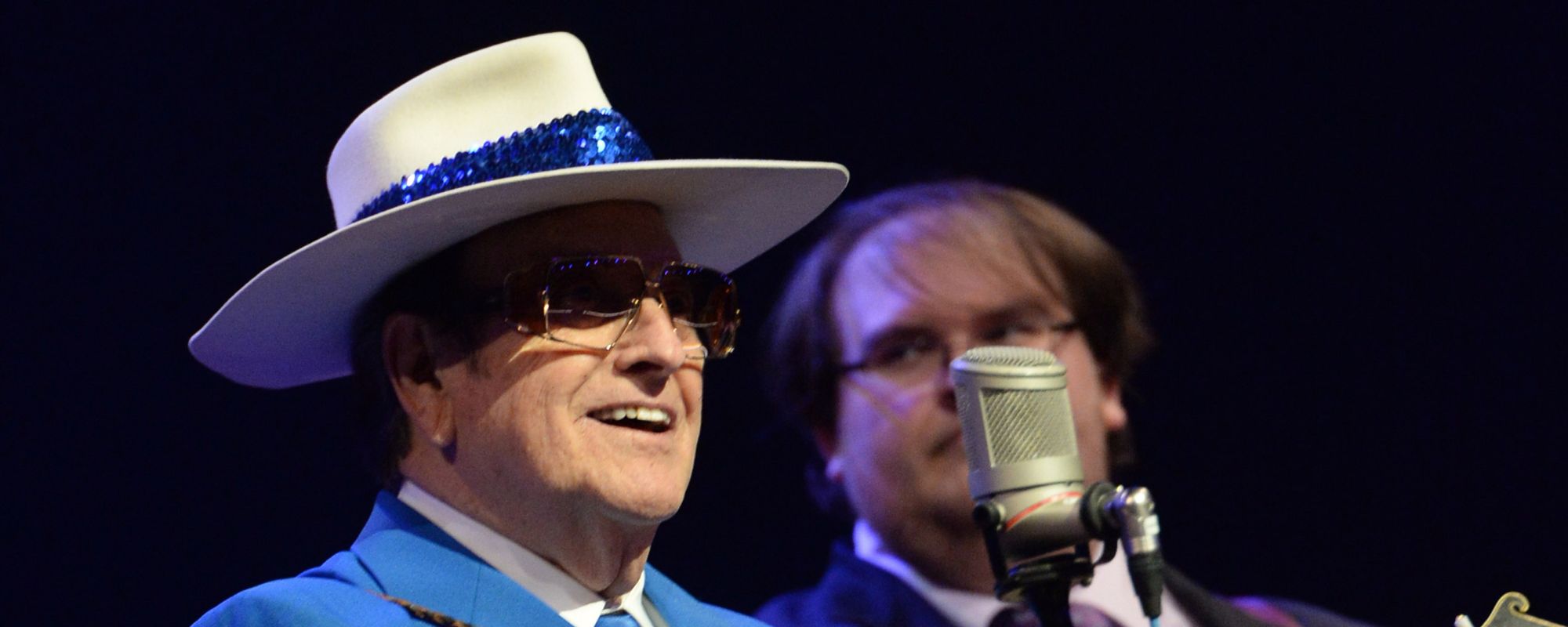
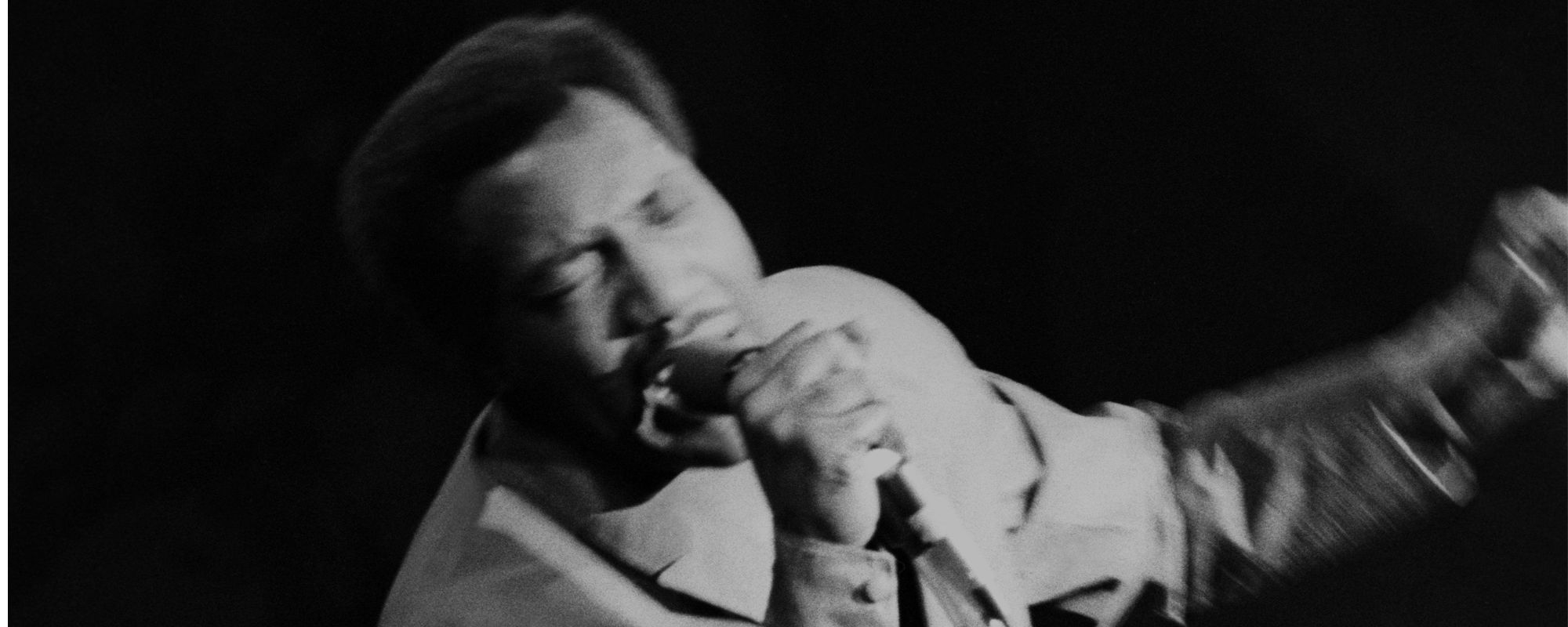
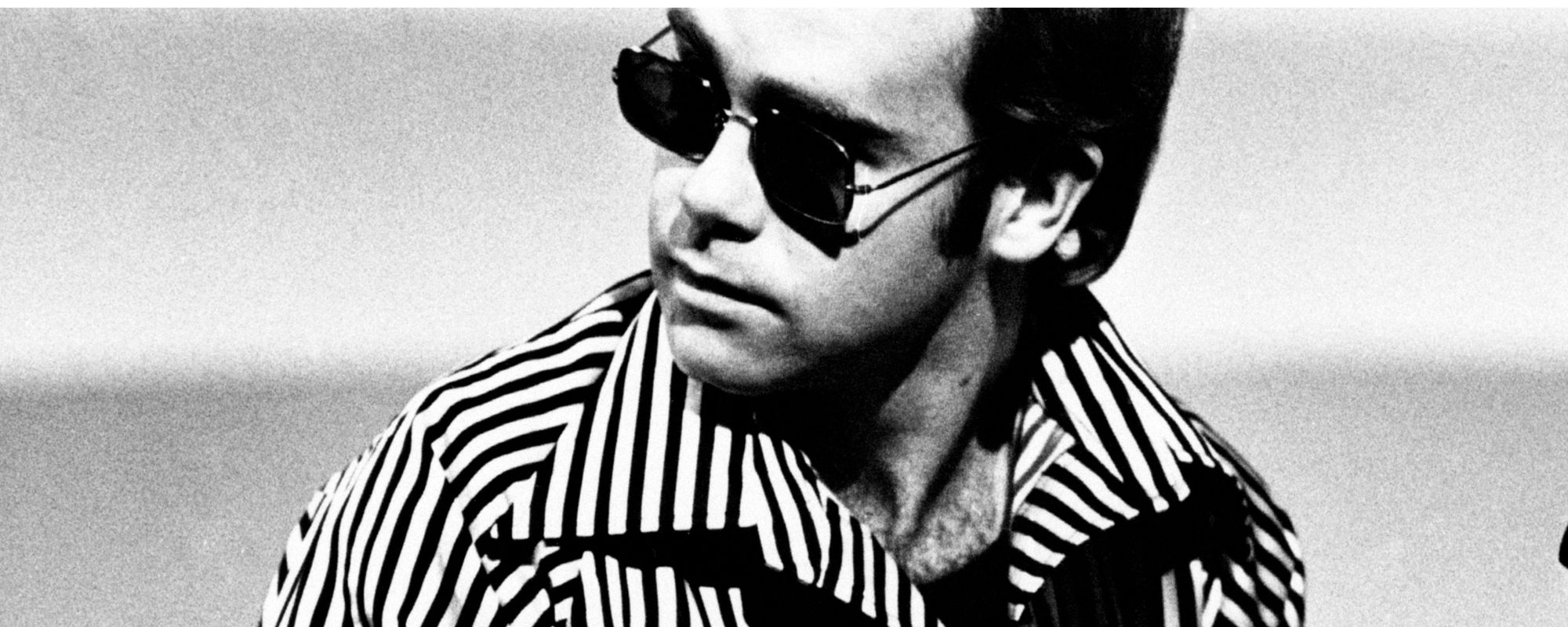
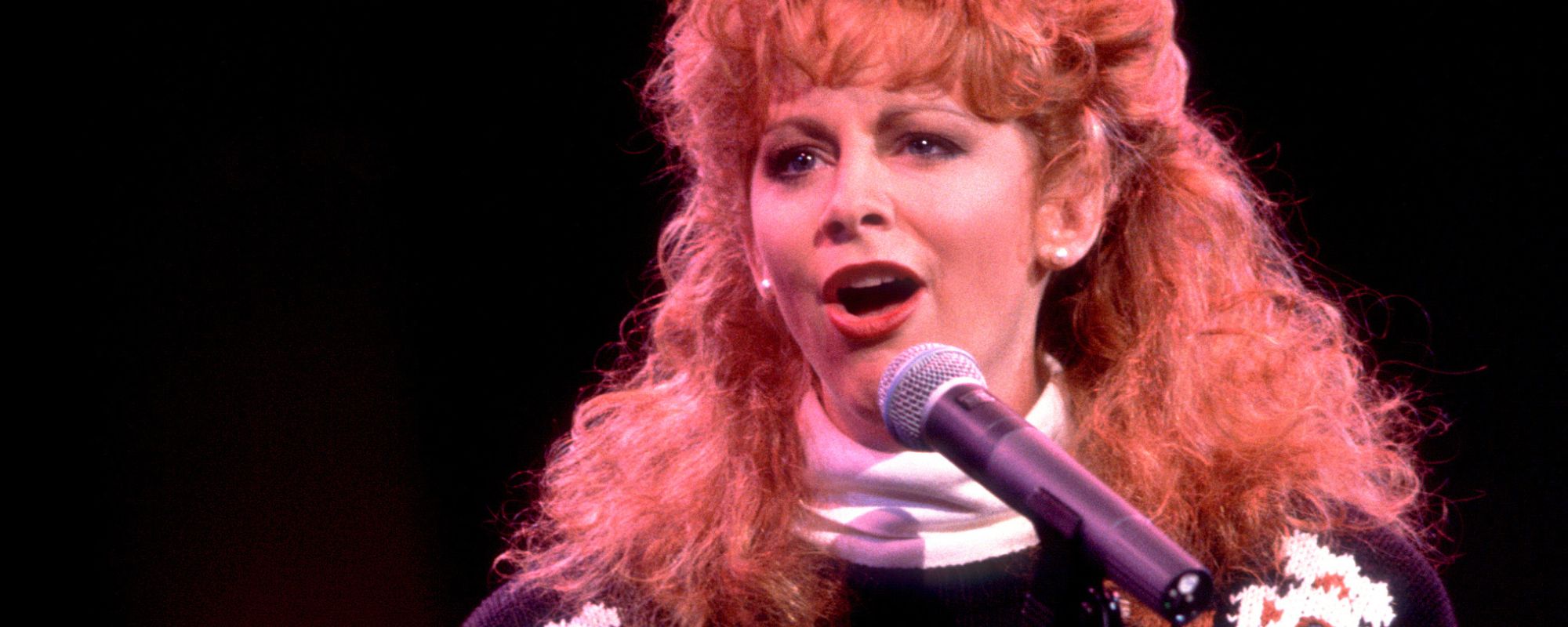
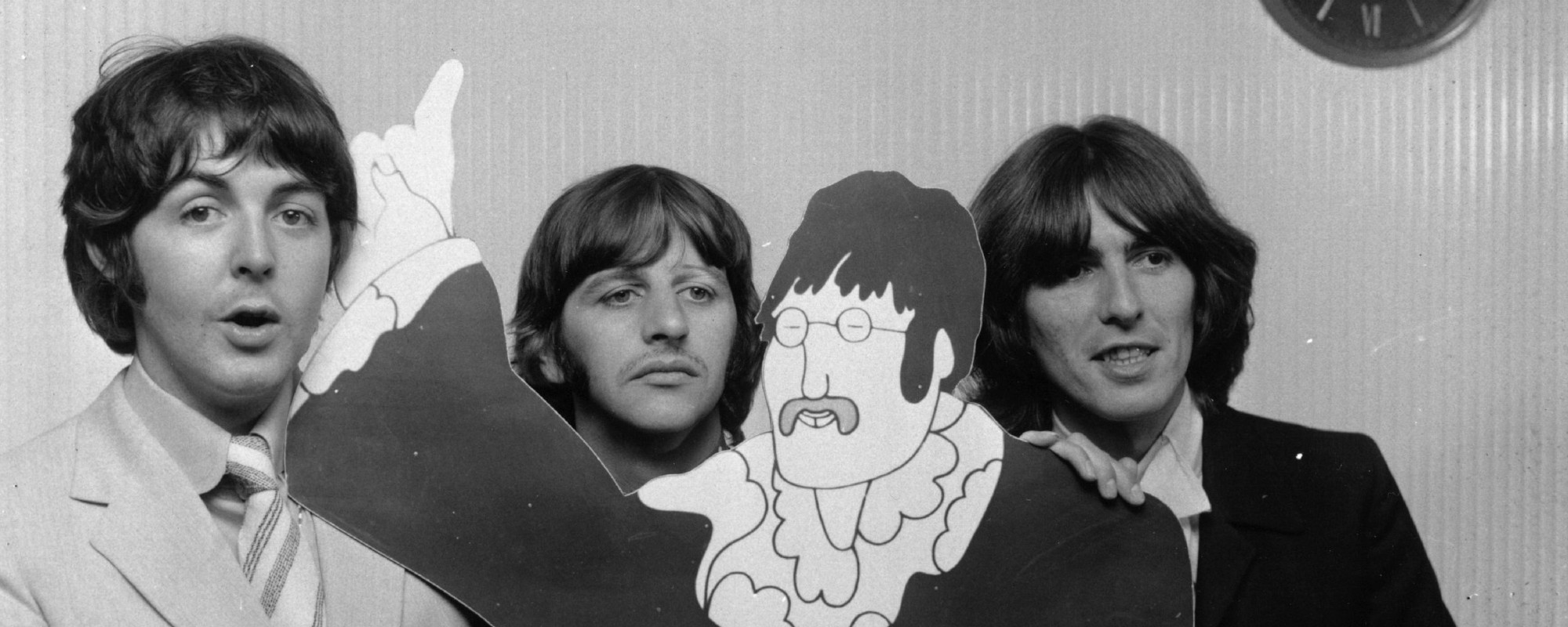
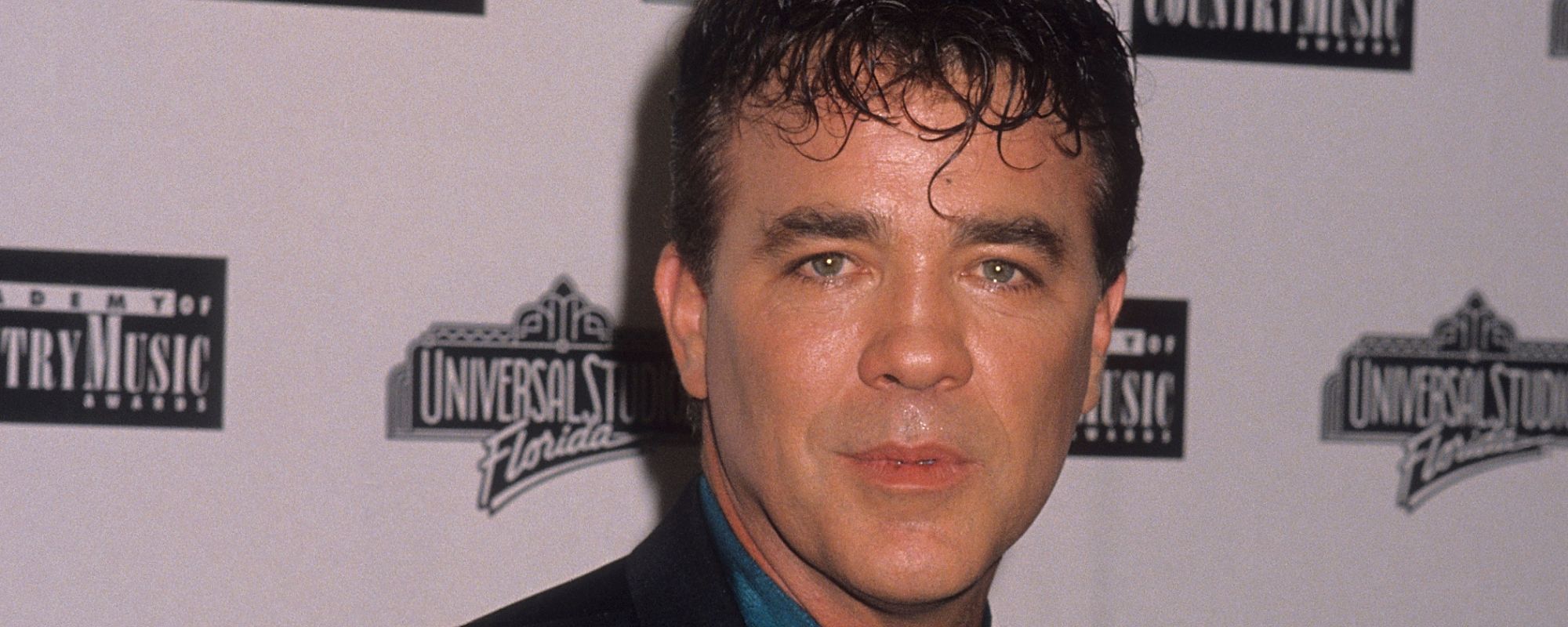
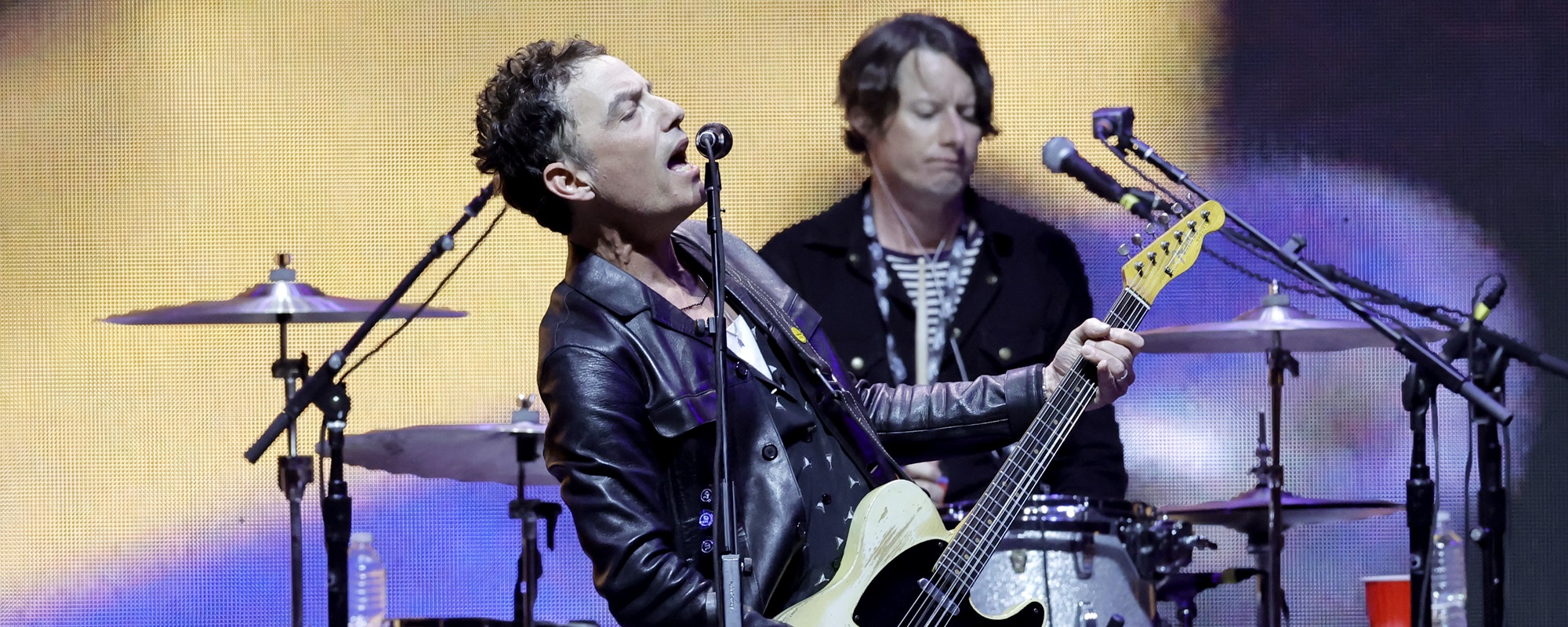

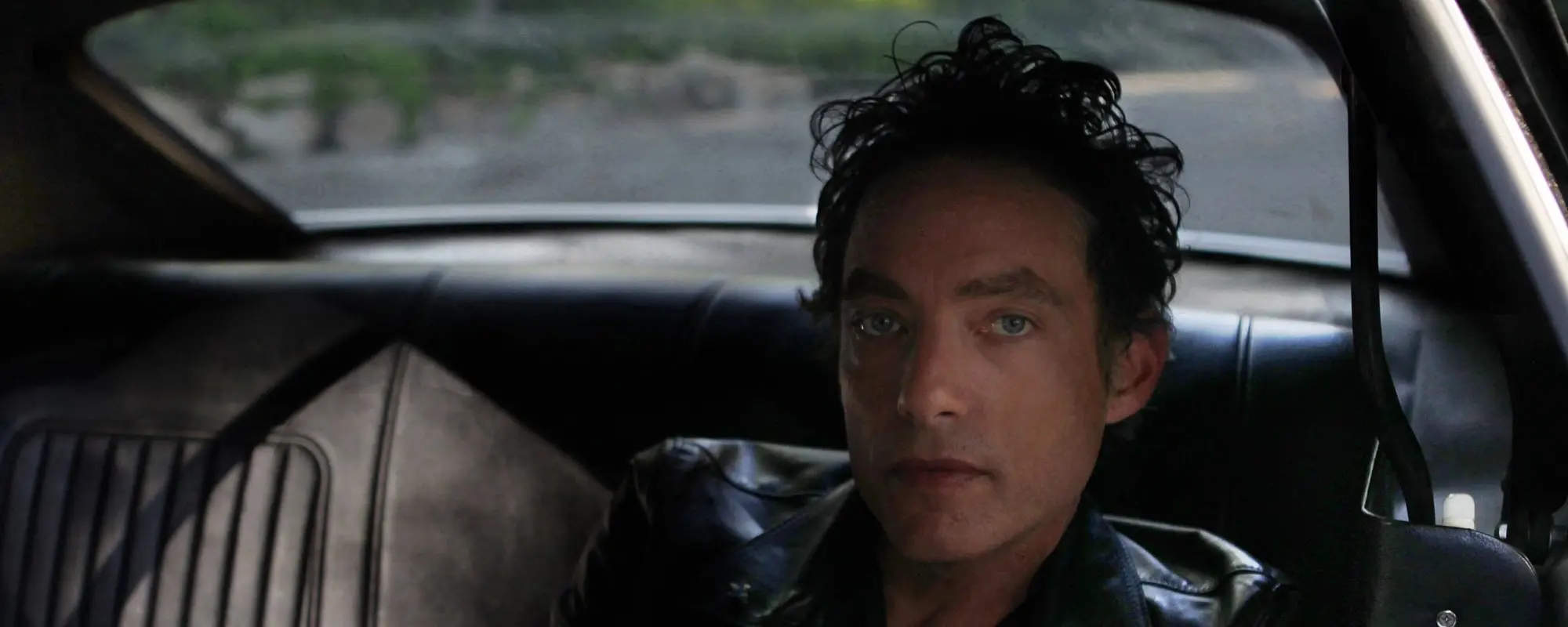
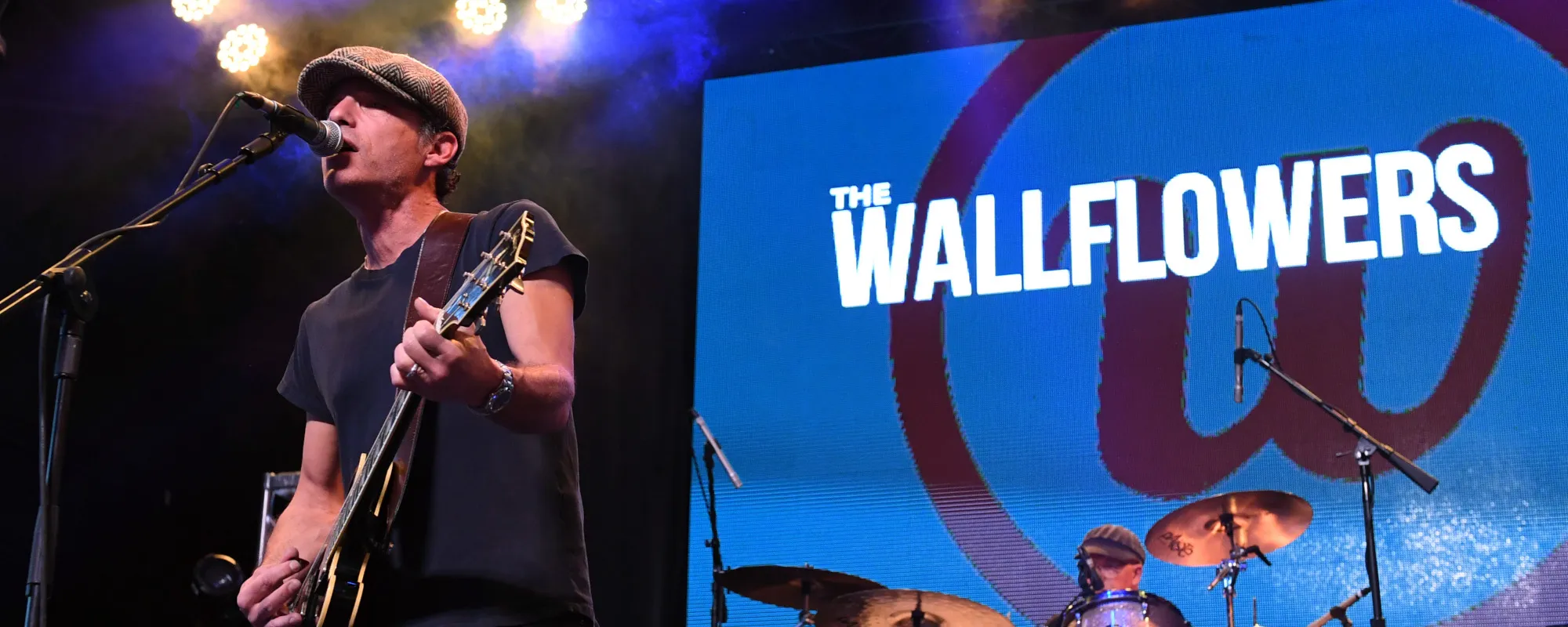

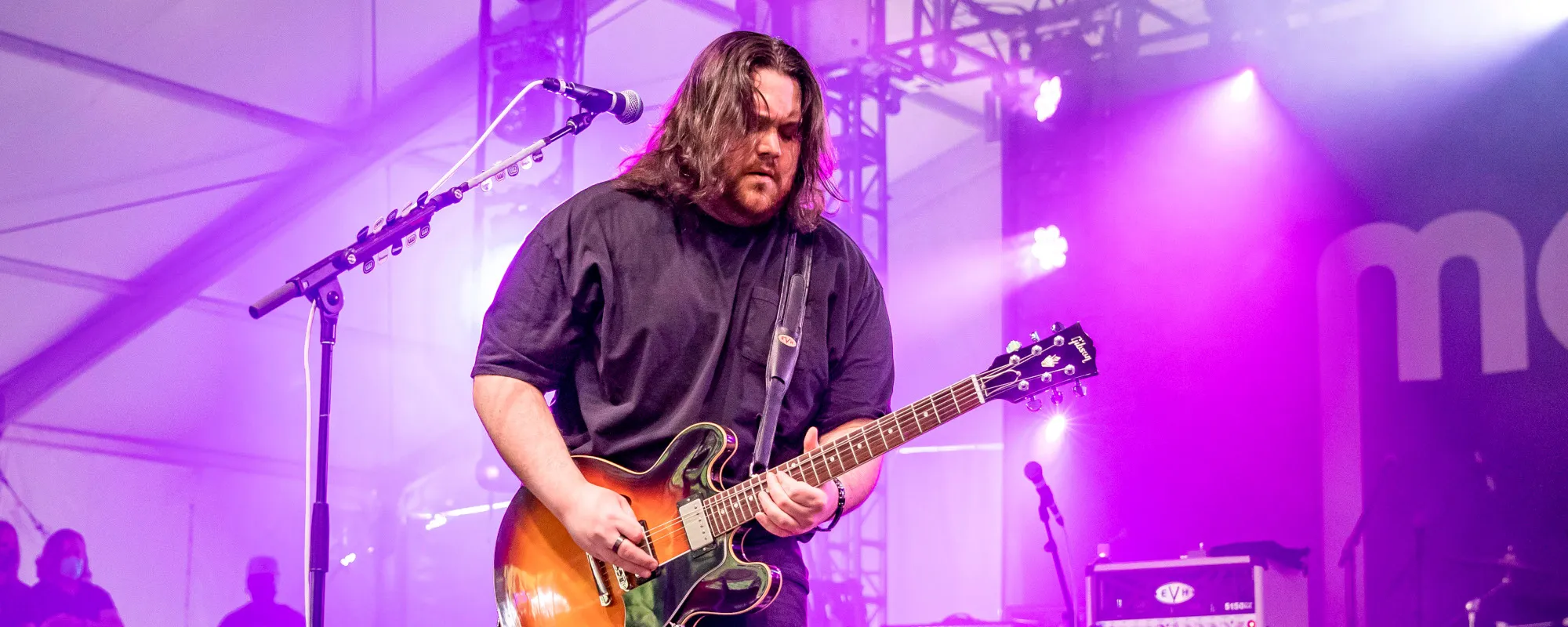
Leave a Reply
Only members can comment. Become a member. Already a member? Log in.